Hardware Roots of Trust (HRoTs) have become a popular mechanism to provide a foundational level of security in a cell-phone or IoT device or indeed any device that might appear to a hacker to be a juicy target. The concept is simple. In order to offer credible levels of security, any level in the stack has to be able to trust that levels… Read More
Author: Bernard Murphy
Safety: Big Opportunity, A Long and Hard Road
Safety, especially in road vehicles (cars, trucks, motorcycles, etc.), gets a lot of press these days. From the point of view of vendors near the bottom of the value chain it can seem that this just adds another item to the list of product requirements; as long as you have that covered, everything else remains pretty much the same in… Read More
The Best Way to Keep a Secret
Anyone knows that the best way to keep a secret is never to share it with anyone. Which works fine for your own most personal secrets, but it’s not very useful when you have to share with at least one other, such as in cyber-security. One such need, of enormous importance in the IoT, is authentication; are you who you claim to be? Seas of… Read More
Data Center Optimization Through Game Theory
I always enjoy surprising synergies so I was immediately attracted to a Research Highlight in the Communications of the ACM this month, on a game-theoretic method to balance discretionary speed-ups (known as computational sprints) in data centers. If you don’t have an ACM membership and want to dig deeper, I include an open link… Read More
Machine Learning and Gödel
Scanning ACM tech news recently, I came across a piece that spoke to my inner nerd; I hope it will appeal to some of you also. The discovery will have no impact on markets or investments or probably anyone outside theories of machine learning. Its appeal is simply in the beauty of connecting a profound but obscure corner of mathematical… Read More
Why High-End ML Hardware Goes Custom
In a hand-waving way it’s easy to answer why any hardware goes custom (ASIC): faster, lower power, more opportunity for differentiation, sometimes cost though price isn’t always a primary factor. But I wanted to do a bit better than hand-waving, especially because these ML hardware architectures can become pretty exotic, so … Read More
Contrarian Views on Quantum Computing
I’m not opposed to the exotic ideas which capture public attention from time to time, but I do enjoy puncturing a popular expectation demanding every novel technology be a revolutionary breakthrough. I’ve already made my small contribution to driving a stake through the heart of claims that quantum computing (QC) will replace… Read More
A Sharper Front-End to Intelligent Vision
In all the enthusiasm around machine learning (ML) and intelligent vision, we tend to forget the front-end of this process. The image captured on a CCD camera goes through some very sophisticated image processing before ML even gets to work on it. The devices/IPs that do this are called image signal processors (ISPs). You might … Read More
WhisPro: A Speech Recognition Option from CEVA
In the superheated world of AI and Neural Nets (NN), many of us are familiar with object recognition in images: cars, pedestrians, cats and dogs and thousands of other applications. But there’s another class of applications, also growing rapidly, around audio AI. Early generations for command recognition in infotainment systems… Read More
CEVA-BX: A Hybrid DSP and Controller
I’ve noticed hybrid solutions popping up recently (I’m reminded of NXP’s crossover MCU released in 2017). These are generally a fairly clear indicator that market needs are shifting; what once could be solved with an application processor or controller or DSP or whatever, now needs two (or more) of these. In performance/power/price-sensitive… Read More


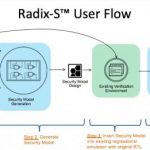




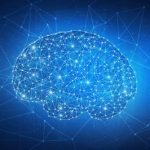


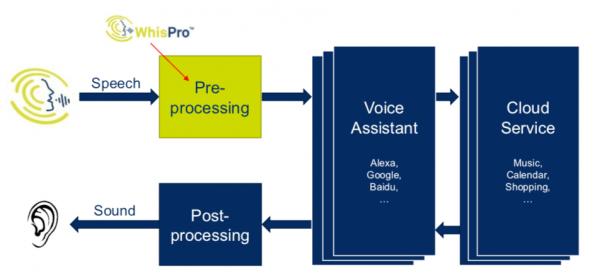
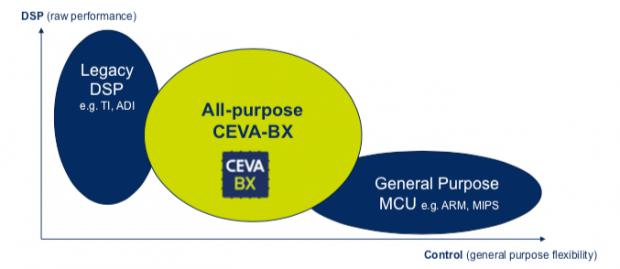
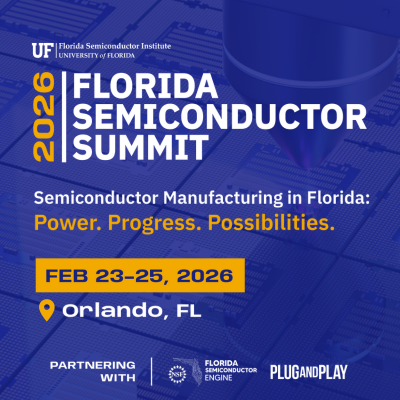







Quantum Advantage is About the Algorithm, not the Computer